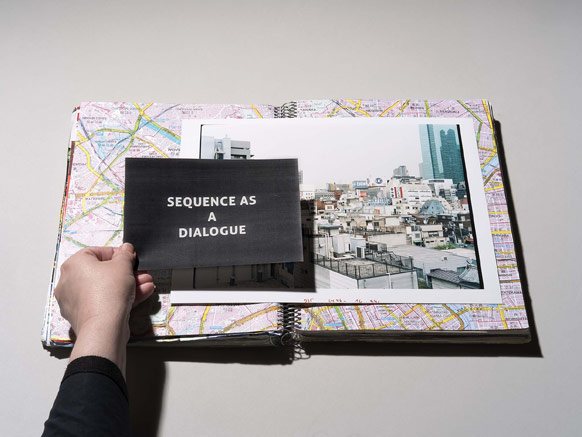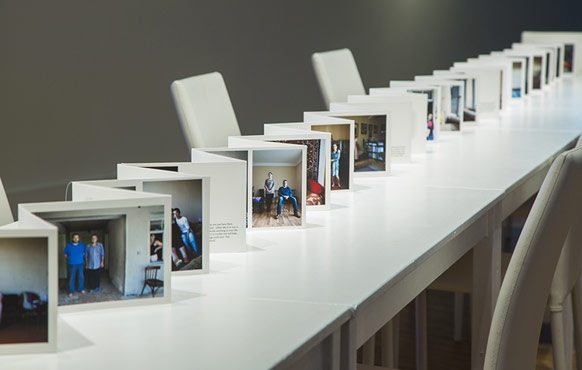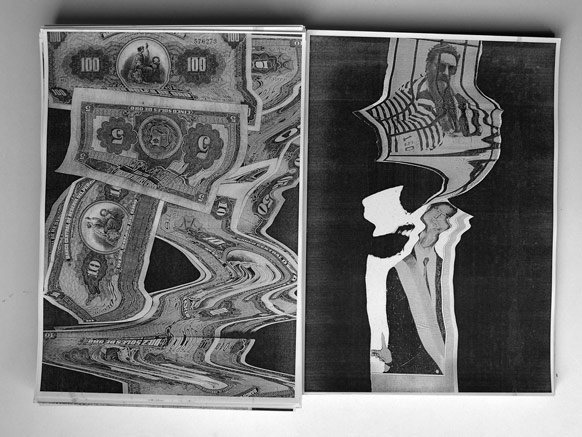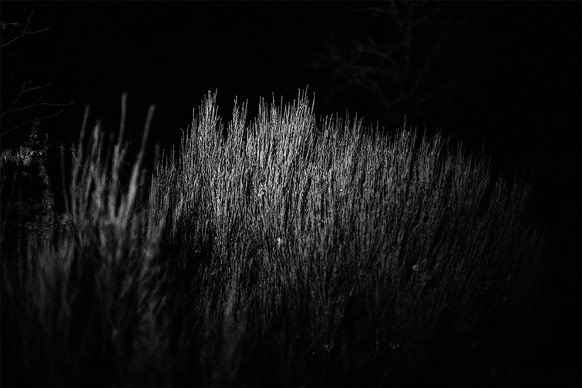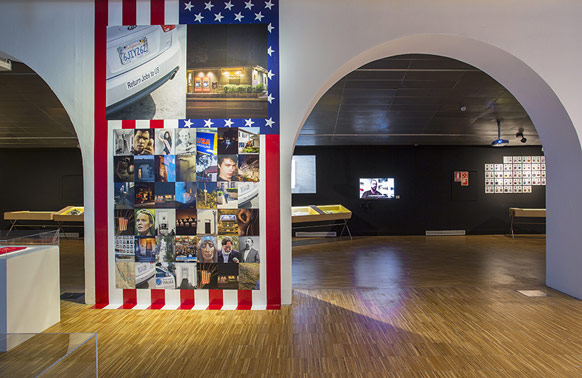At the “Photobook Phenomenon” exhibition, projects can be seen by contemporary artists such as Laia Abril, Julián Barón, Alejandro Cartagena, Jana Romanova, Vivianne Sassen, Thomas Sauvin, Katja Stuke and Oliver Sieber, who have all opted to self-publish books to boost their career.
“Photobook Phenomenon” is not an exhibition about a subject, but about a format. “The book is a vehicle for communication, a cartridge of information, it activates reading, increases the experience, it can be a work of art,” explains designer Eloi Gimeno in his essay Libro (Eloi Gimeno, Libro, Barcelona, RM, 2014). This exhibition co-produced by the CCCB and Fundació Foto Colectania shows us how the book of photographs has evolved and how it has visibly flourished over the last twenty years thanks to new technologies.
In the last section of the exhibition, Contemporary Practices, we have a chance to discover seven publications by artists who have promoted their career through the photobook. “We have selected authors who, in addition to having created interesting books, share in common the fact that the photobook is their identity” explains Irene de Mendoza, curator of this chapter and art director of the Fundació Foto Colectania.
Seven contemporary photobooks
Japanese Lesson, an unfinished photobook, opens up the section dedicated to contemporary artists at “Photobook Phenomenon”. On the wall different possible designs of the pages that form the book can be seen, along with the process of creation of German photographers Katja Stuke and Oliver Sieber. “We have travelled widely around Japan and we wanted to produce a book on the people in the street. We are very interested in the subject of protests in that country,” explains Katja Stuke on the day the exhibition opens.
The next installation presents Shvilishvili by Jana Romanova. The Russian photographer unfolds, literally, on the table, her family album. On the one side we can see the photographs that her grandmother sent to the family in Georgia when she had to emigrate to Russia. On the other, a chain of portraits of her Georgian relatives, whom she met recently. Between the years 2013 and 2015, the author manually produced 67 copies and this process became a reflection on the catastrophe of the murder of her grandparents at the hands of a cousin. “My family has been separated by a border and by this murder. With this book I wanted to find out who my grandmother was,” Romanova points out.
The chapter also includes Umbra, where Viviane Sassen focuses on a recurring theme in her photographs, shade. “Umbra takes an in-depth look into the world of shadows. A darkness that is seductive and deceptive at the same time. It also deals with light, from its blinding qualities to a fragile glimmer,” the Dutch artist explains. An entire visual experience somewhere between realism and abstraction.
“This book wants to be a contribution to the construction of the Peruvian identity” affirms Julian Barón, author of Memorial. The photographer from Castellón saw the play Sin título, técnica mixta by the Peruvian theatre group Yuyachkani and asked if they would let him work with the documentation that formed part of the play’s props. Thus, by copying photocopies, he has constructed a narrative where he has also involved the public.
Manuel Blasco Romasanta was tried in 1853 for various murders in Galicia. He said that he was a werewolf. It is a case shrouded in mystery that remains alive in the collective imagination. Reconstructing that story, of which no photographs are available, was a real challenge, points out Laia Abril, author of Lobismuller. The investigators now believe that Romasanta was a hermaphrodite and the photobook narrates the case from this new perspective. At the exhibition the entire investigation process followed by the photographer can be viewed.
Alejandro Cartagena exhibits Santa Barbara Return Jobs Back to US, an anti-portrait of the United States with photographs taken in this city in California. It is an attractive book on the outside, with a deep red velvet cover and golden letters, and with paper and ink of little quality inside. A metaphor of a container with a critical content. “We can read Santa Barbara Return Jobs Back to US on the registration plate of a car manufactured in Japan. We can also see commercial messages in Spanish aimed at Latinos, in other words, they want their money but they don’t want them,” the Mexican criticises.
Artist Thomas Sauvin transfers us to Chinese second-hand markets with Xian. His work is elaborated with 59 boxes made of folded paper, that housewives would use to store needles and threads, and which he has stuffed with the photographs that he collected during the twelve years that he lived in China. “I’m interested in collecting photographs but I also want to share them, that is why I have produced this photobook”, Sauvin explains.
A commitment to self-publishing
At the height of the digital era “there is a clear tendency to return to the printed object,” points out Moritz Neumüller, the exhibition’s executive curator. For photographer and collector of photobooks Martin Parr, the photobook is the perfect display case for many photographers. “There is a new generation of young artists who have been capable of self-publishing their work and that has given them an international echo,” Parr highlights.
Self-publishing means having self-financing and it can be a risky practice. Alejandro Cartagena affirms that the edition of the book opened up the road to him becoming known and achieving new projects and commissions. “It’s not only your photographic work that is valued, but also your capacity to produce a project from the idea to the final result.” Other formulas exist to narrative stories through images, but the photobook has become a key format in contemporary culture.








